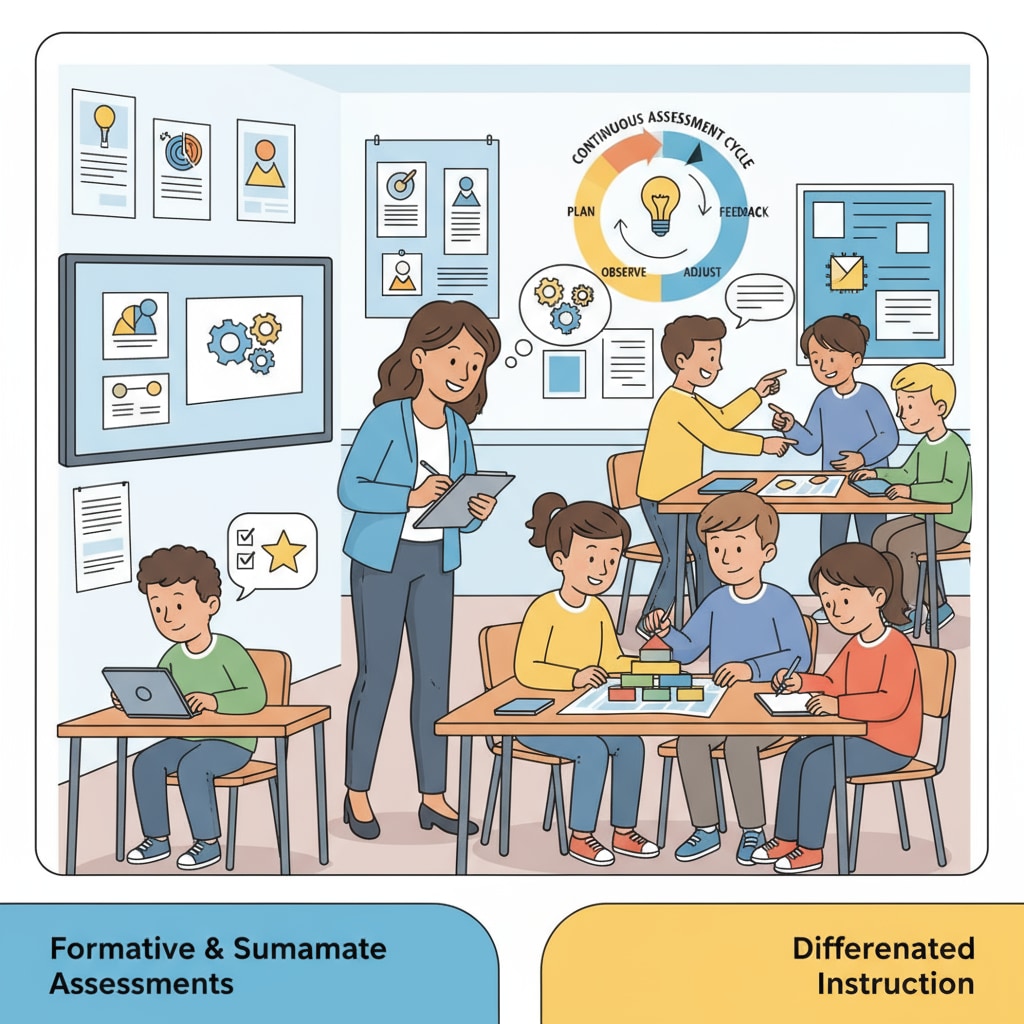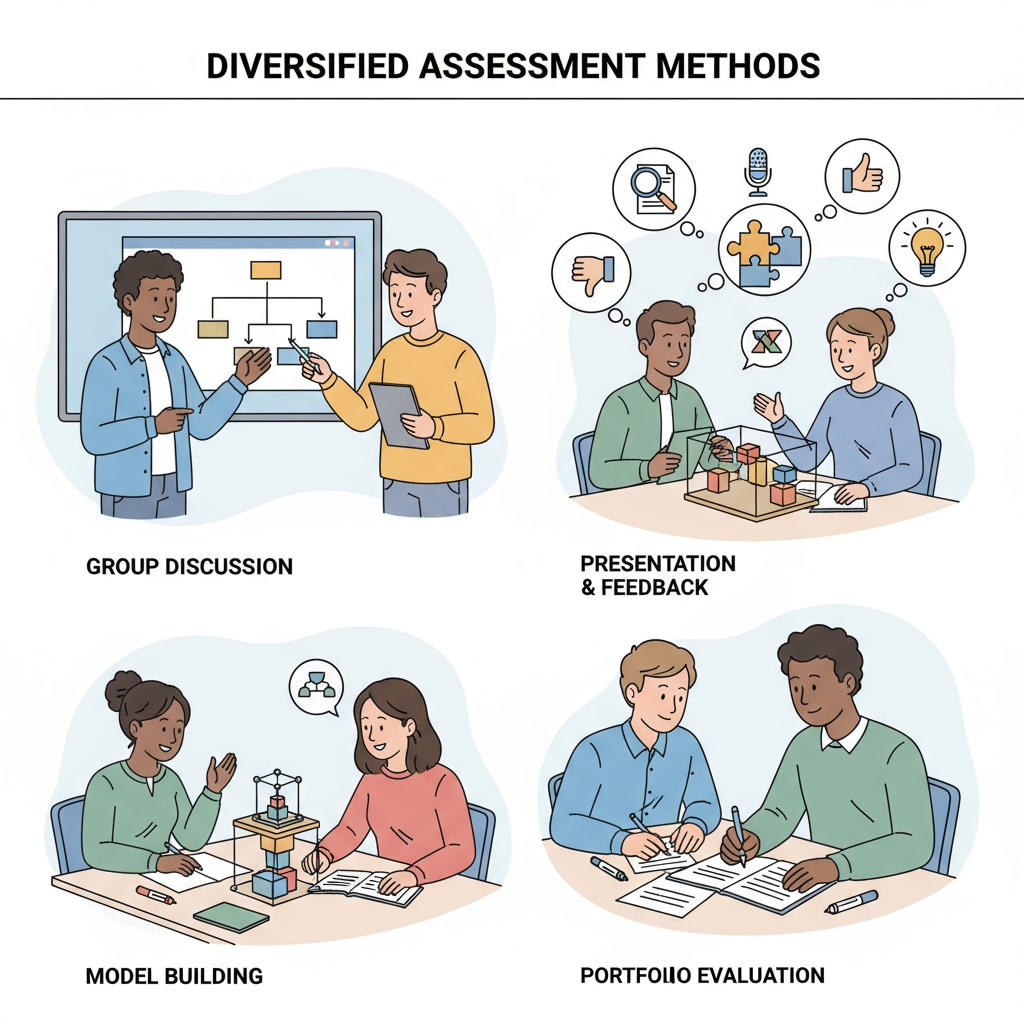Educational assessment, student ability measurement, and evaluation strategies play a crucial role in the realm of education. They are not merely tools for grading but rather keys to unlocking students’ full potential. As we strive to provide the best education for our students, it is essential to reevaluate how we measure their growth and potential.

The Limitations of Traditional Assessment
Traditional assessment methods, such as standardized tests, have long been the norm in education. However, they often have significant limitations. For example, these tests usually focus on rote memorization and regurgitation of facts. As a result, they fail to capture the full spectrum of a student’s abilities, like creativity, critical thinking, and problem-solving skills. According to Wikipedia’s page on Educational Assessment, many students who excel in these areas may be overlooked due to their poor performance on such tests.
Diversifying Assessment Approaches
Diversifying assessment is essential. We can incorporate projects, presentations, and group work into the evaluation process. These methods allow students to showcase their skills in a more authentic way. For instance, a project-based assessment might require students to research, analyze, and present their findings. This not only tests their knowledge but also their ability to apply it.

In addition, peer assessment can be a valuable tool. When students evaluate each other’s work, they learn to give constructive feedback and develop their critical thinking skills. It also provides a different perspective on learning and performance.
The Importance of Continuous Assessment
Continuous assessment, rather than just end-of-term exams, offers a more accurate picture of a student’s progress. By observing students regularly in the classroom, teachers can identify areas where they are struggling or excelling. This enables timely intervention and support. Teachers can use methods like daily quizzes, class participation, and homework completion to monitor progress. According to Britannica’s article on Educational Evaluation, continuous assessment helps in adapting teaching methods to meet the individual needs of students.
Personalized Assessment for Every Student
Every student is unique, and assessment should reflect this. Personalized assessment takes into account a student’s learning style, interests, and pace. For example, some students may prefer visual learning, while others are more auditory. By tailoring assessment to these differences, we can ensure that each student has an equal opportunity to demonstrate their abilities.
In conclusion, educational assessment, student ability measurement, and evaluation strategies need a paradigm shift. We must move away from traditional, one-size-fits-all methods and embrace more diverse, continuous, and personalized approaches. This way, we can truly measure students’ growth and potential and help them achieve their full educational potential.
Readability guidance: Using short paragraphs and lists helps summarize key points. Each H2 section should preferably have a list. Controlling the passive voice and long sentence ratio, and adding transition words like however, therefore, in addition, for example, as a result, etc., throughout the text, can enhance readability.


